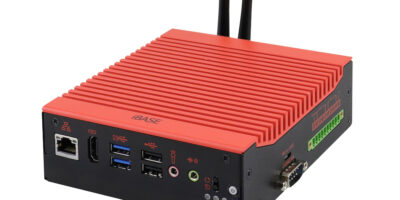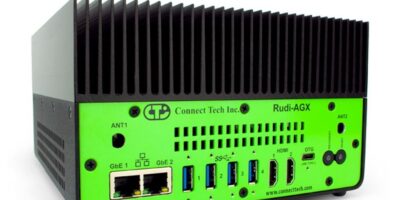Claimed to be the industry’s first data acquisition system to achieve ASIL-D compliance for voltage, current, temperature and communication of a battery management system, the MAX17852 battery monitor IC from Maxim Integrated offers both cost and space savings.
The MAX17852 14-channel, high-voltage, ASIL-D data-acquisition system is for use by designers of automotive battery management systems (BMS).
The 14-channel battery data acquisition system integrates a current sense amplifier so that current information is acquired at the same time as cell voltage and temperature. The MAX17852 allows both hall effect sensor and shunt resistors to be used as sensing components.
It is designed to be integrated into electric vehicles, hybrid electric vehicles and other transportation systems and can also be used for smart junction boxes, 48V and other automotive battery systems which can realise voltages of 400V and beyond.
OEMs and electric vehicle manufacturers require that all battery systems meet the highest safety requirements set by the ISO26262 guidelines. Through diagnostics and a safety-driven architecture, the MAX17852 enables customers to design systems to meet the highest ASIL-D standards for voltage, current, temperature and communication. It is claimed to offer the highest accuracy for delivering voltage, current and temperature data with tight time synchronisation. It allows a typical cell voltage measurement of ±0.45mV at room temperature and a maximum of ±2mV error in a temperature range of 5.0 to 40 degrees C, enabling car OEMs to get the most mileage range out of batteries. With a current sense amplifier capability of ±300mV, and a gain setting up to 256 times and 0.3 per cent current sense gain error, the MAX17852 provides the fastest, most accurate data for calculating power management, state of health and state of charge, says Maxim.
The high level of integration enables up to 16 per cent smaller form factor than a discrete solution to save board space. The integrated current sense amplifier provides up to 20 per cent cost savings.
The MAX17852 is available now. Maxim Integrated also offers the MAX17852EVKIT# evaluation kit.







